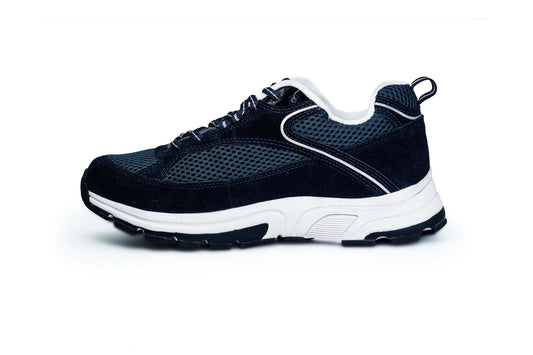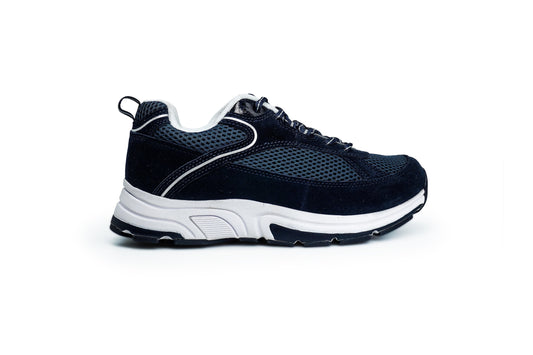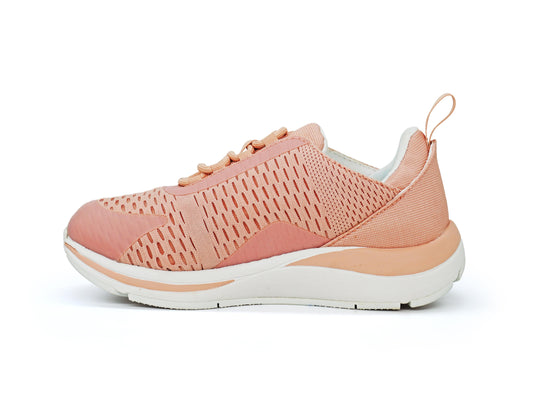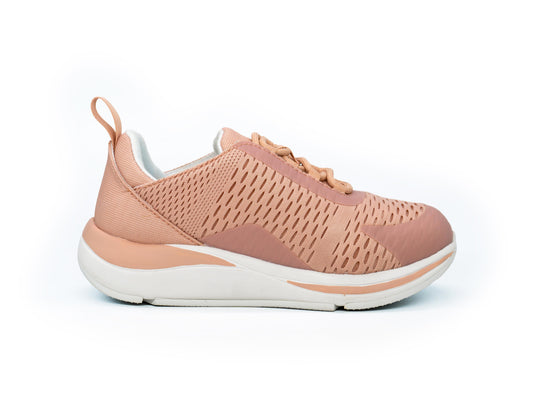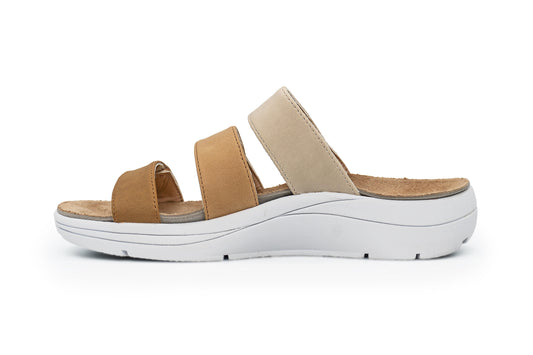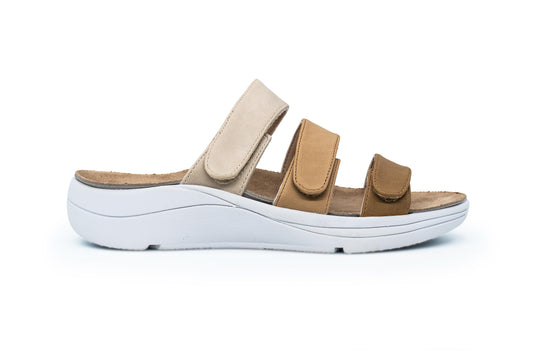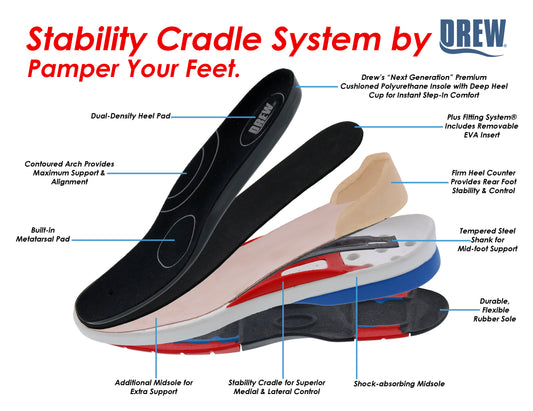HOW DIABETIC SHOES CAN PREVENT AMPUTATION RISK?
Diabetes is a chronic condition that affects millions of people worldwide, and one of its most serious complications involves the feet. People with diabetes are particularly vulnerable to foot-related issues due to poor circulation, nerve damage (neuropathy), and an increased risk of infection. In severe cases, untreated foot problems can lead to amputations. The most effective prevention of foot complications and, consequently, reduction in the risk of amputation is the use of specialized diabetic shoes. Here, we discuss how the wearing of diabetic shoes can improve foot health, provide support, reduce pressure, and promote healing to prevent the risk of amputation.
Prevention of Foot Ulcer
Foot ulcers are one of the top reasons for amputation among diabetics. Often occurring due to pressure or friction, or even by traumatic injury to the foot, these open sores usually take a long time to heal because of poor blood flow and nerve damage. In the absence of any form of treatment, foot ulcers can easily become infected. From there, the complications start escalating to gangrene, leading to amputation in the worst cases.
Diabetic shoes are designed with features that help prevent foot ulcers from developing in the first place. These shoes often have a wider, deeper toe box to provide ample space for the toes, reducing the risk of pressure points and friction that could cause blisters and ulcers. The shoes also have seamless interiors that minimize rubbing against sensitive skin, which can cause irritation and sores. The prevention of the formation of ulcers would decrease the possibility of infections and amputations by wearing diabetic shoes.
Pressure Relief and Redistribution
This is one of the most important characteristics of diabetic shoes: providing pressure relief while also redistributing weight evenly across the foot. Diabetes patients, and especially those who suffer from diabetic neuropathy, will typically not be able to identify areas where their feet are experiencing excessive pressure, leading to the formation of calluses, blisters, or ulcers, which, if left untreated, can lead to infections and, eventually, amputation.
Diabetic shoes are designed to reduce pressure in critical areas such as the heels, toes, and balls of the feet. The shoes incorporate cushioning, shock absorption, and customized insoles that help redistribute pressure away from high-risk areas. Some diabetic shoes feature a rocker sole, which encourages a more natural walking motion and reduces impact on sensitive areas. This pressure redistribution plays an imperative role in preventing the ulceration of foot wounds and therefore minimizing the chances of causing ulcers or infections, resulting in a reduction of cases of amputation.
Improved Circulation and Healing
Reduced circulation is one of the common problems in diabetics, especially for someone who has PAD—an illness that reduces the flow of blood to the bottom of the feet and also to the legs. Lack of proper circulation will only extend the healing time of your foot injuries and ulcers, making infections worse while increasing the risk of amputations.
Diabetic shoes reduce the problem of poor circulation because they present better alignment and support on the feet. Many diabetic shoes have added depth and width, allowing them to accommodate the swelling of the feet while allowing better blood flow. The cushioning and shock-absorbing properties in diabetic shoes reduce the impact of walking on the feet and thus relieve pressure on the feet, thereby promoting good circulation. In addition, diabetic shoes will prevent more damage to the skin and tissues, hence enabling faster healing of wounds and a decrease in the chance of infections and amputations.
Protection Against External Injury
Diabetic individuals are more prone to developing infections because of a lowered immune system and reduced blood flow. Minor outside injuries, such as cuts, scrapes, and bruises, can quickly lead to infections; this is especially so if people do not take care to protect their feet. Diabetes shoes are made to avoid external trauma to the foot, thereby preventing cuts, punctures, and abrasions that can cause infection and ulcers.
Many diabetic shoes are made with durable protective materials such as leather or synthetic fabrics offering resistance against external impacts. The soles of these shoes are made sturdy to resist sharp objects, rough ground, and other hazards that may result in injury. By eliminating external injuries, diabetic shoes reduce the infection risk and the resultant severe complications of amputation by a great deal.
Reducing the Risk of Deformities
Diabetes can cause any of the deformities associated with hammertoes, bunions, or a Charcot foot. These result in pressure points on the foot, making it easily prone to wound or ulcer formation. Over the years, these deformities may lead to severe complications and even necessitate amputation in most cases.
Diabetic shoes are made with deformity in mind as they will have more toe box room to help accommodate and prevent pressure on affected areas. Sometimes, the straps or laces are designed to be adjustable for custom fitting to ensure that it doesn't put pressure on the foot. By preventing further pressure on deformities, diabetic shoes will also prevent ulcers and lower the chances of amputation.
Diabetic shoes are one of the most crucial measures that help prevent the risk of amputation in diabetes patients. They help prevent external injuries, improve circulation, and offer pressure relief, comfort, and support to reduce the development of ulcers, deformities, and infections which might finally lead to amputation. For diabetic patients, proper footwear is an important step in the management of foot health and prevention of serious complications. With the right diabetic shoes, a person can lower their risk of amputation significantly and have a better quality of life.
Take the Next Step Towards Comfort and Care
Discover the perfect balance of support, style, and expert guidance for your feet. Explore our collection of orthopedic and diabetic shoes designed to keep you moving with ease.
Start your journey to happy, healthy feet today!
Visit us at DiabeticShoe for more tips, insights, and footwear solutions.
Stay Connected:
Follow us on Facebook, Instagram, YouTube, LinkedIn, Twitter, Pinterest, and Quora for updates, advice, and more informative content.

